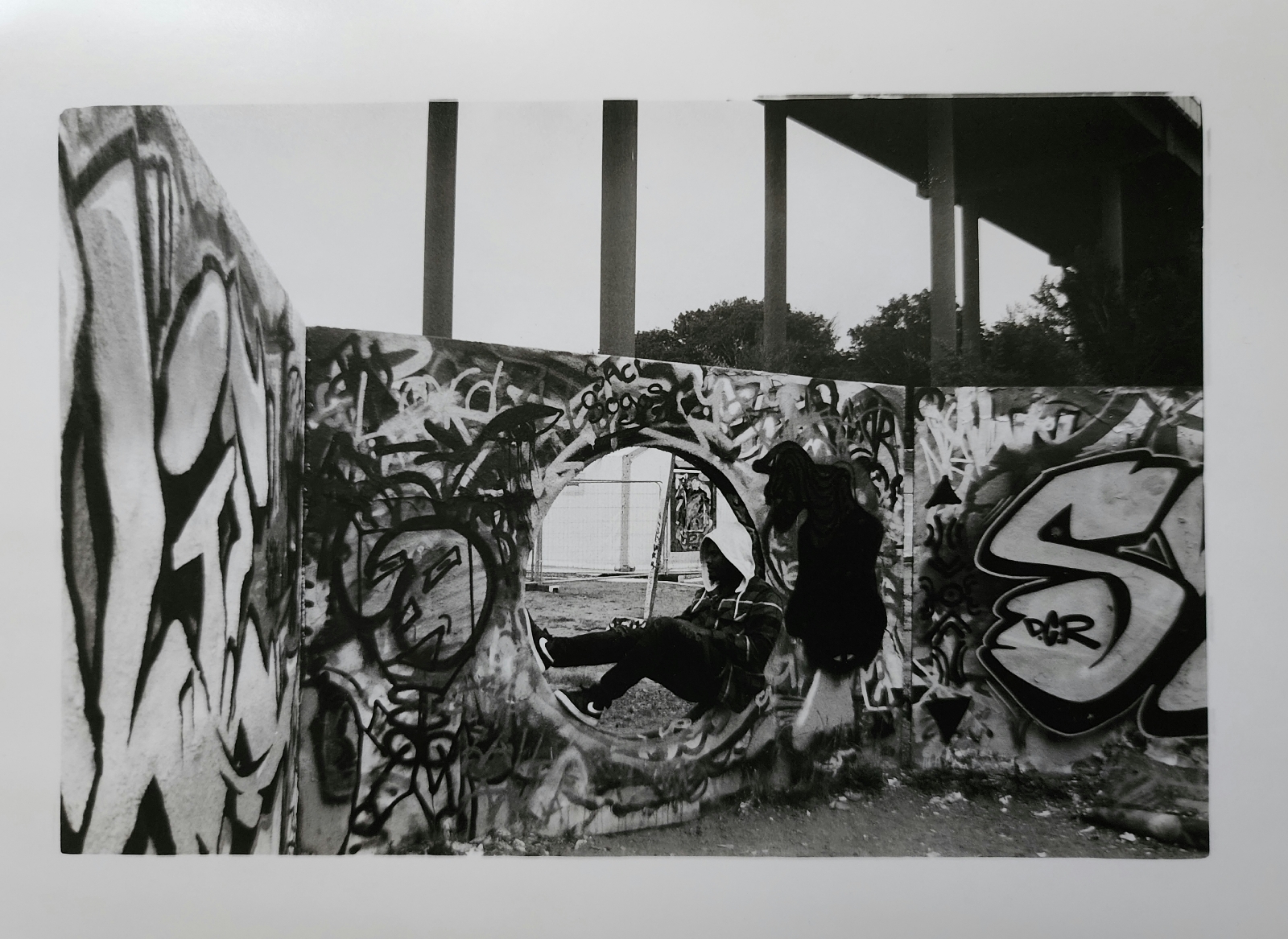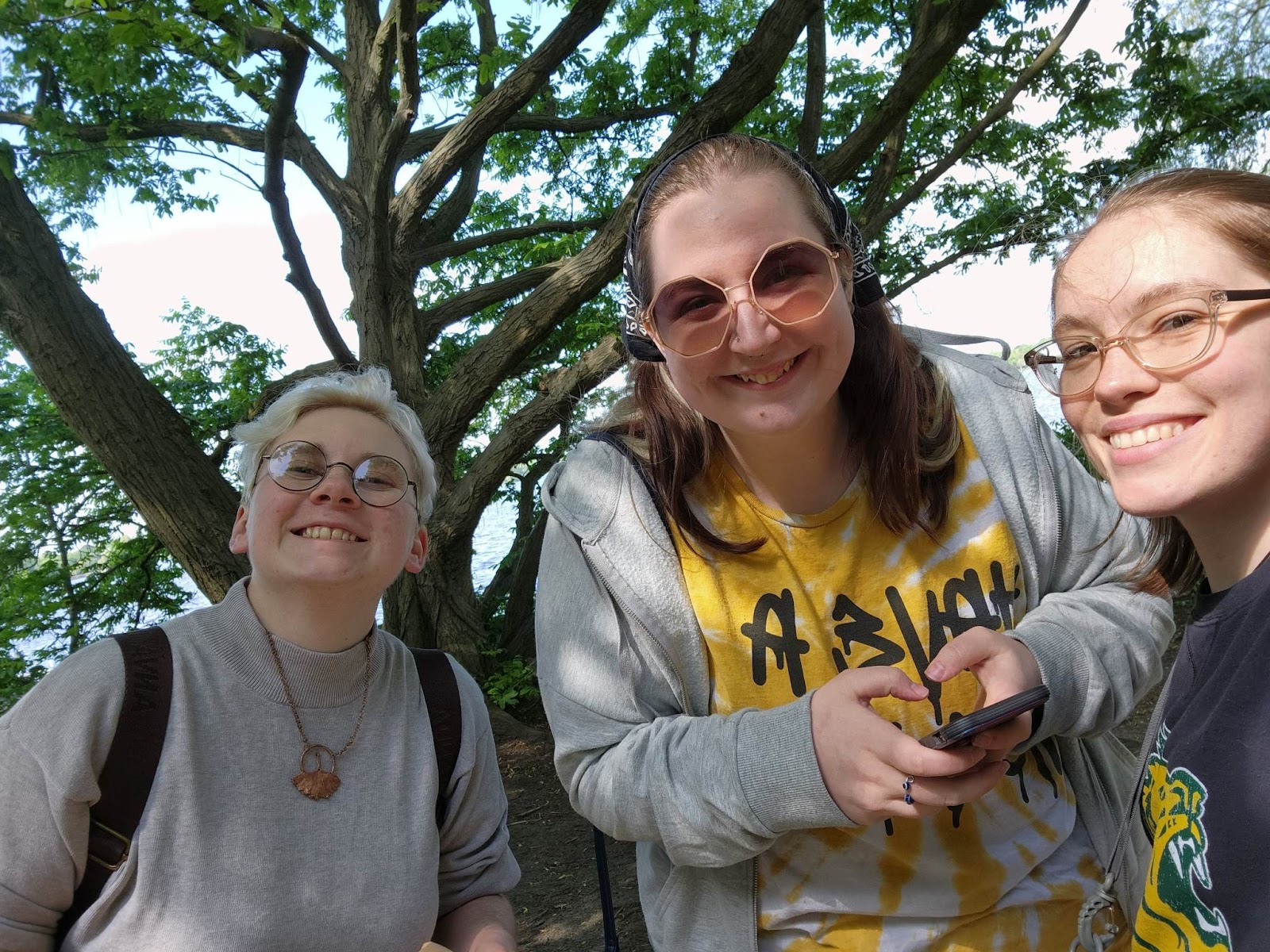Assignment #2 - Copenhagen, Denmark
From far overseas, to Germany, then Sweden; our journey is far from over. Our next stop is a place with a rich history dating all the way back to the Viking age, when it was still just a small fishing village and port town. Copenhagen, the capital city of Denmark, is a city with a substantial commitment to the arts and the subsequent conservation of it's citizen's crafts. This includes painting, sculpture, textiles, and several types of metalworking. The city flourished during the Renaissance but took a nosedive in the 18th century after a plague outbreak. After both its economy and population recovered, the city saw strong cultural and urban development shortly after the turn of the 21st century which was directly caused by the capital's internal investments in its infrastructure and established institutions. Today, Copenhagen is known worldwide for having a prosperous and affluent historical heritage, as well as being dubbed the happiest city in the world by locals and foreigners alike.
With a population of around six hundred thousand people, it's not quite as big or as densely packed as Hamburg, but what it lacks in populace it makes up for in its dedication to the arts. We only had one day to survey the (arguably) most important museums in Denmark, but even with a full week I doubt we would have been able to see everything there was to see art-wise. We had a list of over twenty museums to choose from, and with all of our party sharing one driver, and the museums being sparsely laid out across the city, we had to make some compromises as a group and make the decision to visit the National Gallery of Denmark, the Danish Design Museum, and the Louisiana Museum of Modern Art. Each museum had its own unique galleries and exhibitions that highlighted the differences in art through the ages in Denmark, with some focusing more on classical paintings and sculpture, and others embracing the nuance of more contemporary artistic approaches, including abstract work and pieces that incorporated video or fluorescent lighting. While the methodology of the contrasting art movements can seem as oppositional as night and day, it is important to realize the virtues of each artistic development through the millennia.
At the National Gallery of Denmark, classical paintings are on display from the Baroque and Renaissance periods as part of their permanent collections of French, Danish, and Nordic art. Traditional works are not the only pieces on display however, as they have plenty of contemporary works from artists like Christian Lemmerz who created The Swimmers. This piece is not just a set of sculptures, but also an analogy for the mass, systemic rape on the women of Yugoslavia during the early 1990's during the country's civil war. These violent crimes were aimed at innocent bystanders in an attempt to demoralize and terrorize the civilian population. The identical, white casts of each woman symbolizes the refusal to see each woman as an individual, but more as a target; the brutal and unforgivable acts initiated against these women were seen as the means to justify an end to the war, as they were not seen as people. While the casts are identical, the wounds each figure shows are not, showing the different atrocities inflicted on each woman. Limbs are missing from some, faces are rendered indistinguishable from others, and many have their genitalia and breasts completely destroyed, if not damaged in some way. Their positioning should also be noted, as the bodies are lined in a single row as if on a conveyer belt being moved to the next act of cruelty. The fact that the casts are identical could also point towards this being a work about a single woman, and the sheer amount of sequential abuse this woman experienced during the attack. Others could interpret the positioning of the corpses as that of a line of above-ground graves with each body being interpreted as a death of some kind, whether that be due to the theft of someone's virginity (and the subsequent death of their childhood self), or the actual body count of each casualty wrought through this mass war crime.
The Danish Design Museum showcased a collection of mostly modern work, with some older assemblages of specific pieces like Japanese sword guards or miscellaneous tchotchkes such as ceramics or lockets from the Victorian era. Each exhibition was so different from each other that I found it difficult to find just one to hone in on and discuss. The exhibition The Future is Present was one that I thoroughly enjoyed experiencing, as it had interactive displays and brought about thought-provoking questions.
What if you could get everything your body needed from a single pill?
What if you could book your death via an app?
These are just a few questions put forward by this showcase that makes the viewer wonder, could these hypotheticals eventually become a reality with how fast technology is evolving? What if we could, in time, bottle emotions like hate and happiness that we could then inject directly into our veins? The way these theoretical ideas are made real by creating convincing, minimalistic mockups of apps and remedial products like pills and medicine bottles makes these propositions all the more convincing. Some of these products look like you could pick them up from your local pharmacy, or even buy them over the counter at your local supermarket. Perhaps, the future really is just around the corner. Or maybe we're living the future at this very moment without even knowing.
Last but not least, we have the Louisiana Museum of Modern art, our final stop for the day. While the other museums we visited had a pretty even split of modern and historic art, the Louisiana's oldest works were from the late 1800's, and their newest collections showcase art with artists who are still alive and working on projects today. Dana Shutz's work is exceptionally eye-catching due to her vibrant use of color and exaggeration of the human form. A plethora of her work includes figures that are twisted or abstracted in some way, with simple shapes and vivacious color that dominates her large canvases. Shutz is not afraid to cover macabre or crude scenes or subject matter, as seen in her two paintings Sneeze and Presentation. In Sneeze, Shutz utilizes drastic brushstrokes to depict the dispelling of nasal discharge, and large globs of pink paint to represent the large, puffy eyelids of the figure. The scene is clear and easy to understand, whereas in Presentation, the colors seem to all blend into a single scene, making it cohesive, yet harder to read. The audience must take the time to fully digest the spectacle in front of them, and more than one viewing may be needed to fully absorb all of the intricate details sprawled in the cacophonous composition of relatively basic shapes and colors.
Your future is your own,
Eli Goodwin
















Comments
Post a Comment